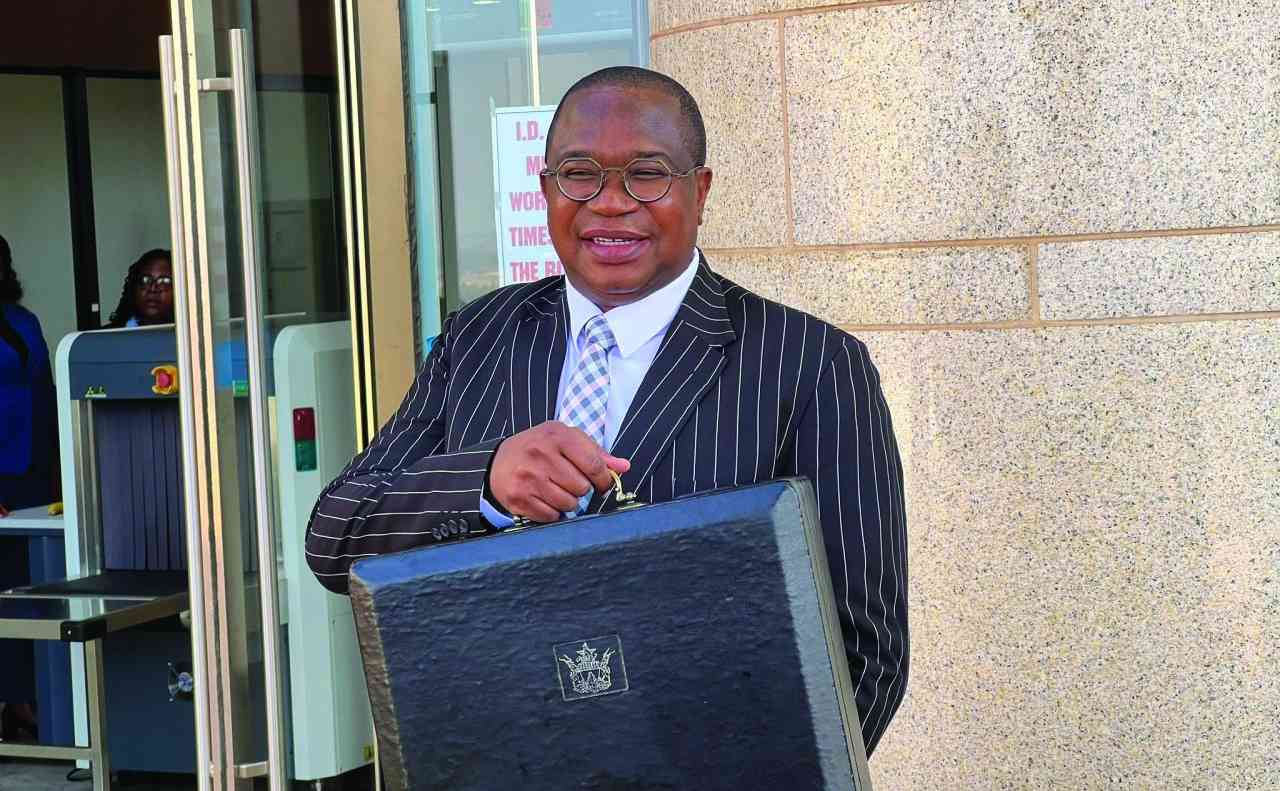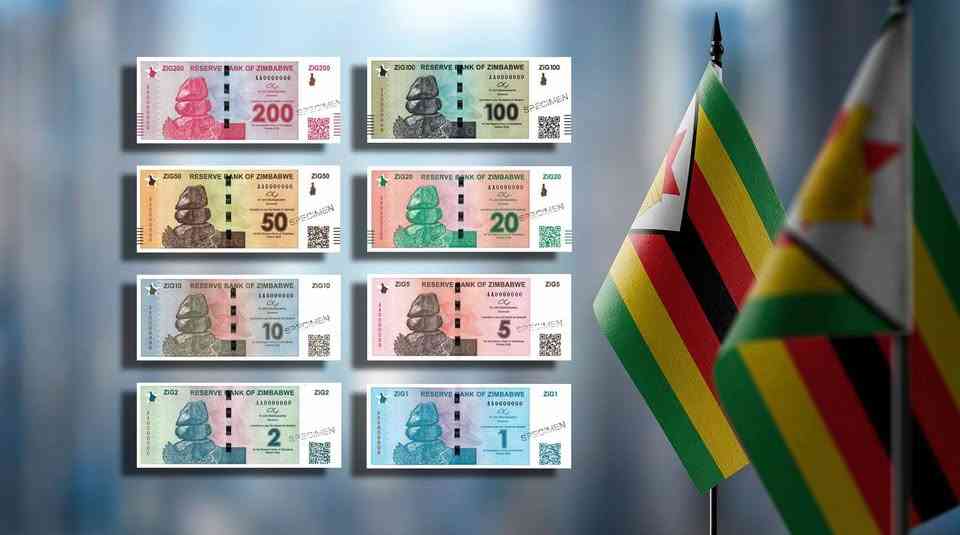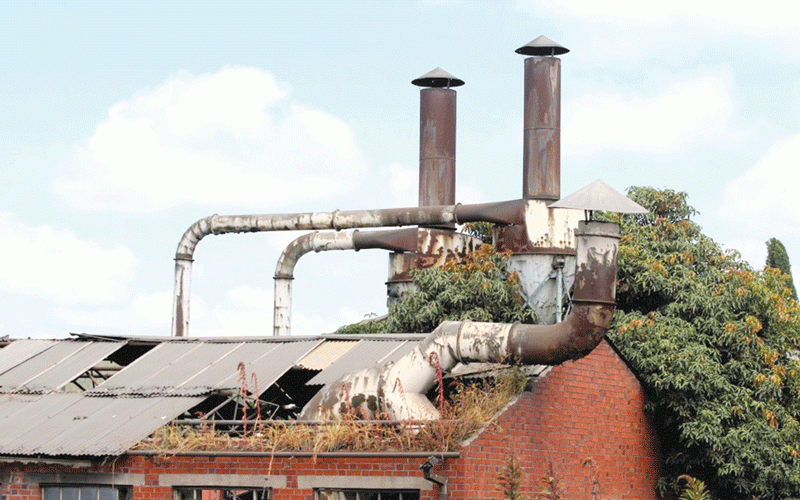
For all the Reserve Bank’s statistical mastery and Treasury’s rosy mid-year declarations, two veteran economists see past the gloss. And they don't like what they find. In a country where every “record” and “surplus” seems to be wrung from tortured data rather than real industry and jobs, Eddie Cross and economist Chenayimoyo Mutambasere tear through the official narrative with the kind of precision only possible when the facts are impossible to hide.
Cross, one of Zimbabwe’s most enduring economists, strips the budget and monetary statements of their pretence to reveal a state still riddled with waste, leakage, and bureaucratic excess.
He sketches a government devouring more than half its revenue on salaries, starving infrastructure of investment, and allowing 'ghost' pensioners to drain public coffers without a proof of life check in years. In his telling, customs fraud, fuel levy weaknesses, and the 'smuggling of up to 80% of gold revenues' have left Treasury’s “surpluses” looking more like illusions than achievements. His assessment is that the 'growth' is neither broad-based nor sustainable.
Mutambasere, of the Africa Centre for Economic Justice, reaches a similarly damning verdict — but via the mechanics of the central bank’s own playbook. The mid-term monetary policy statement, she argues, is built on statistical smoke and mirrors: rebased GDP, “reserves” bulked up not by productive growth but by forcing banks to park deposits at the RBZ, and gold stockpiles that, while flattering the reserve position, drain liquidity from an already suffocating real economy.
Her analysis shows a financial system strained by high statutory reserves, an informal sector now a staggering 76% of GDP, and deep vulnerability to commodity price swings that could rip the floor from beneath ZiG’s thin stability veneer.
Together, the two analyses dismantle the official “stability” line: If growth is not lifting millions out of poverty, then the Treasury’s and RBZ’s mid-year scripts are less a celebration than an obituary for missed opportunities. Here is what they say:
Eddie Cross
From the mid-term budget, it is clear we are spending too much on salaries and far too little on capital expenditure. The Public Sector Investment Programme (PSIP) now accounts for just 2,3% of the budget, when the international benchmark is about 20%. Salaries consume 57% to 58% of all revenue, compared to a standard 35% to 37%. Even the minister’s target of 50% is too high, and the root cause is an oversized civil service.
- CCC-linked tenant wins court case
- Tough times for Zimbabwe’s underpaid workers
- Gold coins to improve regulatory compliance: Zimnat
- Kadoma tenant evicted over CCC links
Keep Reading
We also have over 300 000 pensioners on the payroll, many of whom may no longer exist. I have called repeatedly for a proof-of-life exercise for the government pension system. In my seven years as a pensioner, I have never been asked to prove I am alive.
Leakages in state revenue are severe. Levies and taxes on fuel are set at US$0,52 per litre, yet less than a quarter of expected revenue is collected — an amount equal to the entire education budget. Customs and excise revenues are similarly weak: with almost US$2 billion worth of vehicles imported annually, we collect less than US$500 million in duties.
At just 14% of GDP, tax revenue is low even by African standards; it should be closer to 20%. Raising collections could eliminate fiscal stress. But unfunded contracts continue to haunt the government — permanent secretaries cannot hire without Treasury approval, but can award multi-year contracts with no budget provision. This inflates prices, delays payments for years, and strangles downstream services.
In 1980, Zimbabwe’s per capita income exceeded China’s.
Today, China’s is 10 times ours. Maize is scarce despite optimistic crop forecasts, forcing imports. The ZiG plays no real role in the informal sector, and up to 80% of gold revenues are likely externalised. Ghana’s gold sector reforms drove its turnaround. Ours remain overdue.
Mutambasere
Current growth is largely statistical — a by-product of GDP rebasing, rising export receipts, and reserve accumulation — rather than broad-based expansion in jobs, incomes, or industrial activity. Structural weaknesses remain stark.
The mining sector suffered a 15% fall in platinum group metal (PGM) prices, losing around US$200 million in Q1. Informality has surged from 60% to 76% of the economy, with 98% of those enterprises being micro or small-scale — a clear sign of a weak domestic market.
Several indicators contradict the stability narrative of the midterm monetary policy statement (MPS):
l Banks are meeting liquidity needs mainly by liquidating NNCDs and only occasionally accessing the lender-of-last-resort facility. While a tight monetary stance may contain inflation, it is squeezing liquidity — signalling a constrained financial system, not genuine growth.
l Raising statutory reserves to 30% forces banks to park a larger share of deposits with the RBZ, boosting the “reserves” figure. But much of this is not new forex inflow — it is immobilised capital that cannot support lending or investment. On paper, it strengthens the RBZ; in reality, it suppresses economic activity.
l The claimed 35% year-on-year increase in gold output has been channelled into RBZ reserves. While reserves are important, locking up gold in vaults removes liquidity that could stimulate production and consumption. Healthy reserves do not equal a healthy economy.
l The economy remains 83% US dollar-based, with the ZiG layered on top. The RBZ’s gold reserve strategy is more about propping up this layer than replacing the US dollar’s dominance. Backing a currency does not create productivity.
l The spike in rentals underscores US dollar–pegged behaviour. Even if the ZiG is backed by gold, landlords price in US dollars, eroding the currency’s use as a stable medium for long-term contracts and cementing dollar dominance.
In short, while the ZiG may appear stable in the short term, it is highly exposed to commodity price swings. A fall in export prices would shrink reserves, put pressure on the exchange rate, and quickly erode confidence.











